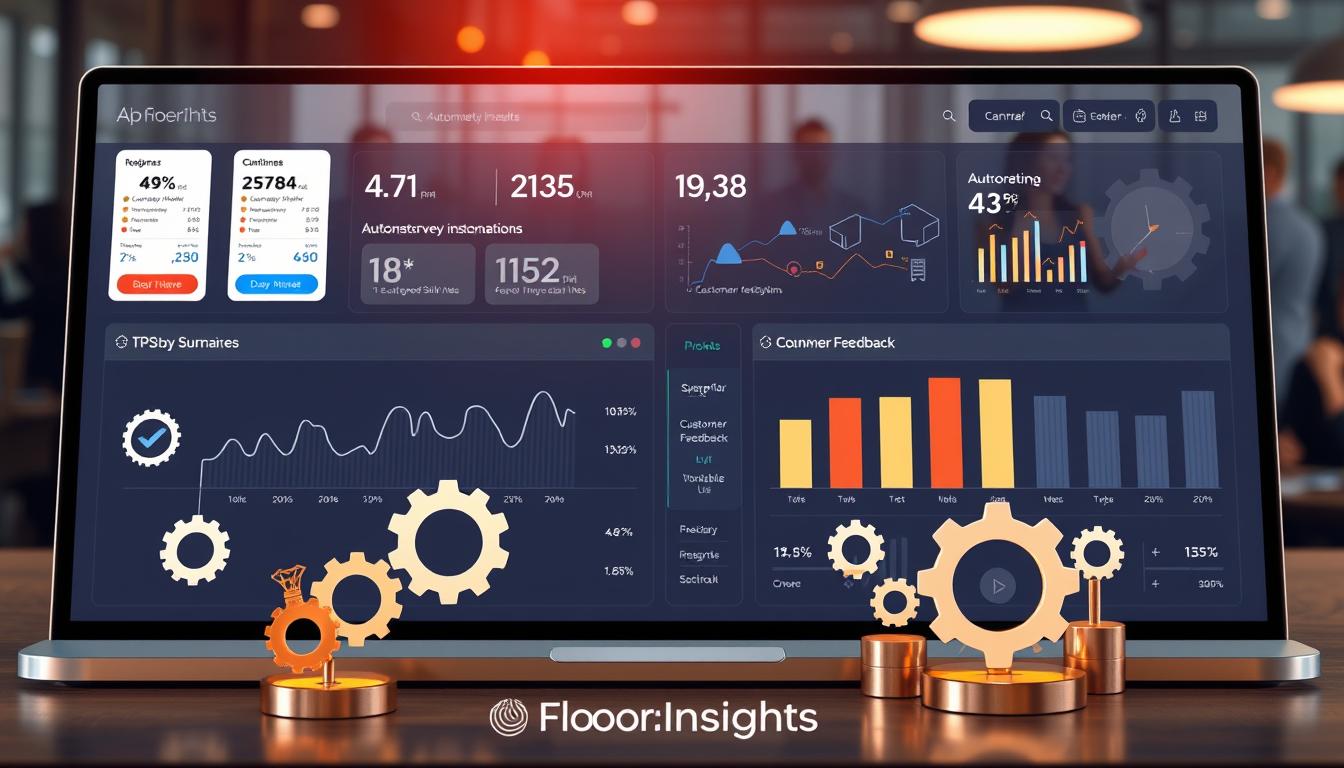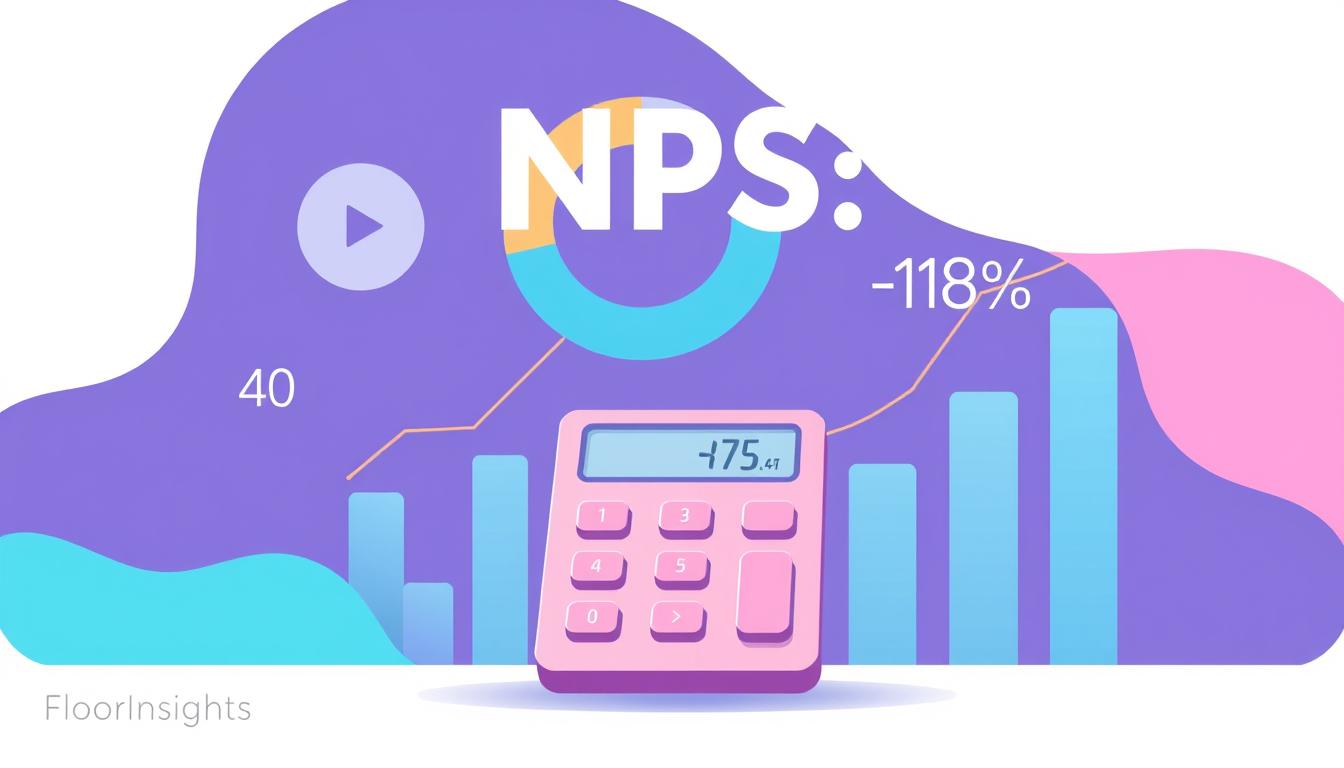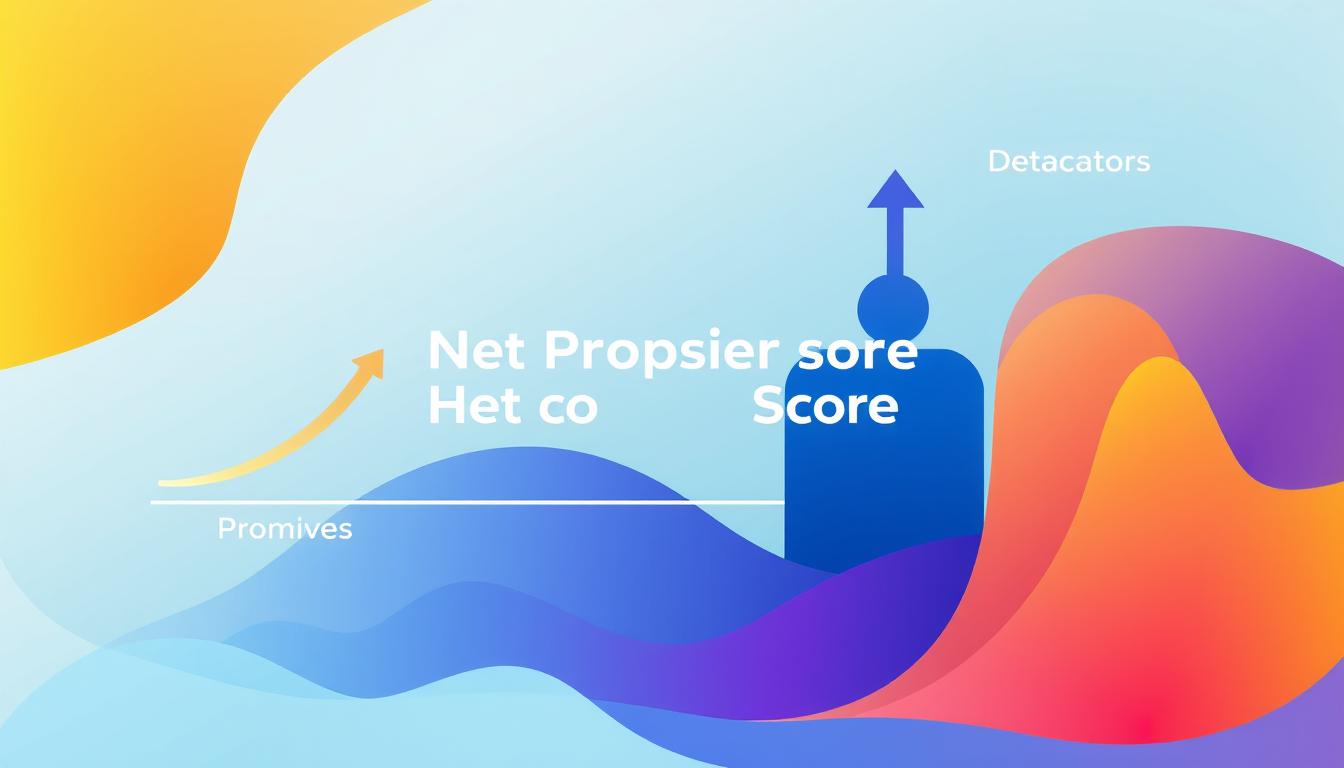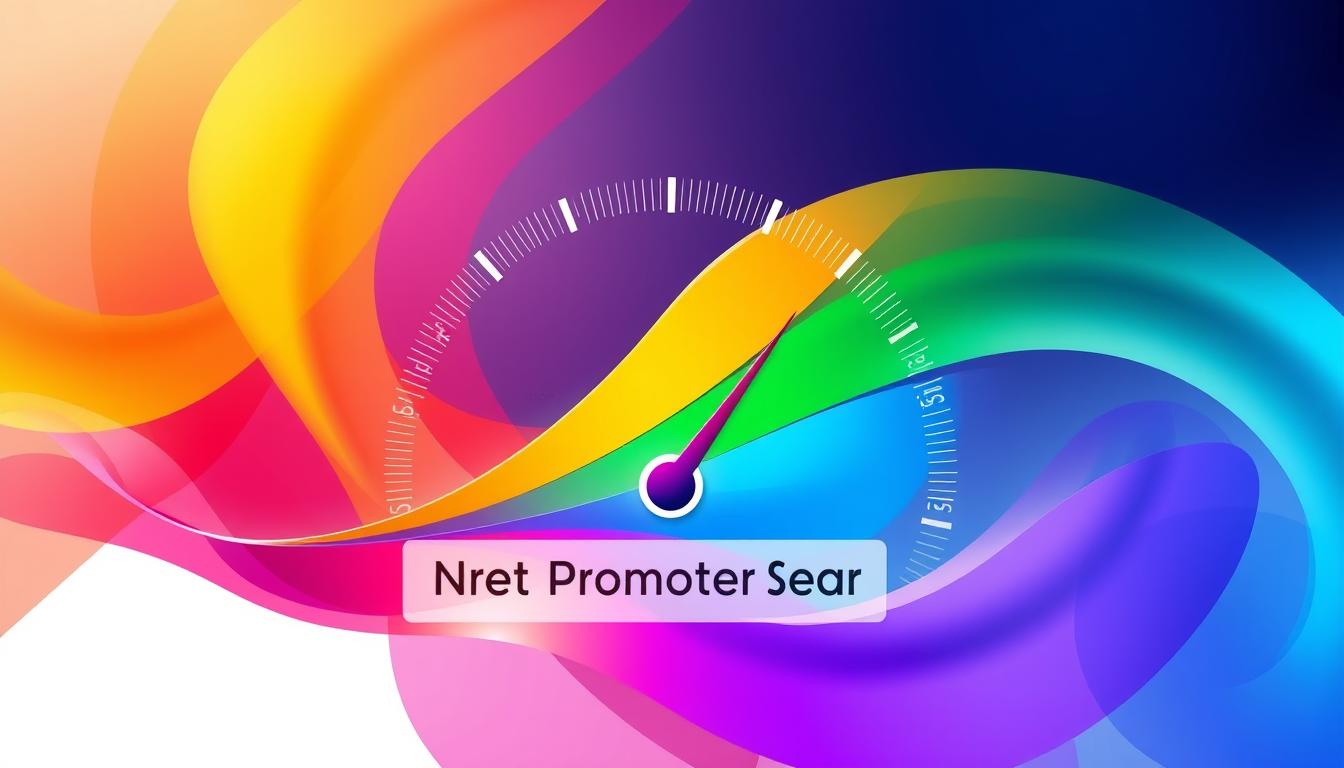In today’s competitive market, understanding customer sentiment is critical for any business, especially in India. Automating Net Promoter Score (NPS) surveys leverages technology to streamline the process of collecting and analyzing customer feedback. By utilizing effective customer feedback tools and NPS survey automation, we can gain invaluable insights into customer satisfaction and loyalty. This approach not only saves time but also ensures timely feedback, helping businesses make informed decisions to enhance customer relationships and retention.
Key Takeaways
- Automating NPS surveys can significantly improve response rates and accuracy.
- Utilizing customer feedback tools simplifies the process of collecting and analyzing data.
- Real-time feedback helps in making timely business decisions.
- Enhanced customer retention through regular and relevant feedback.
- Integration with CRM systems provides a comprehensive view of customer sentiment.
- Automation saves time and resources, allowing focus on strategic initiatives.
- Improves overall customer satisfaction and loyalty.
Understanding NPS Surveys
Net Promoter Score (NPS) surveys are essential for businesses striving to enhance customer loyalty and drive growth. These surveys help gauge how likely customers are to recommend your brand to others, a critical metric for understanding customer satisfaction.
What is NPS?
NPS meaning can be distilled into a single question asked of customers: “On a scale from 0 to 10, how likely are you to recommend our product or service to a friend or colleague?” The responses categorize customers into promoters, passives, and detractors. Understanding these segments can significantly aid businesses in pinpointing drivers of customer loyalty and areas in need of improvement.
Importance of NPS Surveys
The importance of NPS surveys cannot be overstated. By continuously measuring customer feedback, businesses can foster brand advocacy and tailor their strategies to meet customer needs. Whether you’re a startup competing in India’s tough market environment or an established brand, leveraging NPS surveys provides actionable insights that drive growth and enhance overall customer experiences.
Benefits of Automating NPS Surveys
Automating NPS surveys offers several advantages that significantly enhance the customer experience. By integrating feedback automation, businesses can efficiently gather insights and take action to improve customer satisfaction.
Improved Customer Engagement
Through automation, NPS surveys can be personalized to each customer, leading to more meaningful interactions. This tailored approach fosters deeper connections, ensuring customers feel valued and engaged.
Real-Time Feedback
One of the standout benefits of automating NPS surveys is the ability to receive feedback in real-time. This immediate collection of data allows us to quickly identify and address issues, thereby boosting customer satisfaction and overall customer experience.
Enhanced Customer Retention
By automating the feedback process, we can consistently monitor customer sentiment and proactively work on improvements. This leads to higher customer retention rates as satisfied customers are more likely to remain loyal to the brand.
- Increase customer engagement through personalized surveys.
- Obtain real-time feedback to act swiftly on customer concerns.
- Boost customer retention by maintaining high satisfaction levels.
Top Tools for Automating NPS Surveys
There is an array of sophisticated tools available to automate NPS surveys, each offering unique features aimed at tailoring surveys, integrating with CRM systems, and analyzing customer data to provide actionable insights. Let’s explore some of the top platforms that can revolutionize your NPS survey process.
Survey Platforms
Among the leading NPS software, tools like Trustmary, SurveyMonkey, and Medallia offer comprehensive customer feedback tools that simplify the process of creating and distributing NPS surveys. These platforms not only streamline survey deployment but also allow for extensive customization, ensuring the surveys align with your brand’s voice and messaging.
CRM Integration
A seamless integration with CRM systems is vital. Tools like HubSpot, Salesforce, and Zoho CRM provide robust NPS software that harmonizes with their CRM functionalities. This integration ensures that customer feedback is automatically logged into your CRM, allowing you to track and analyze customers’ sentiments in real-time and make data-driven decisions. This consolidation of customer data analytics empowers businesses to tailor their strategies based on real-time feedback.
Data Analysis Tools
Effective customer data analytics is crucial for deriving meaningful insights. Platforms like Tableau, Looker, and Power BI stand out in this domain. These tools offer advanced analytics capabilities, enabling you to parse through vast amounts of customer data and pinpoint trends and areas for improvement. By leveraging such tools, businesses can transform raw feedback into actionable insights that drive customer satisfaction and loyalty.
When selecting NPS software and customer feedback tools, it is essential to choose those that offer comprehensive customer data analytics and seamless CRM integration to enhance your overall customer experience strategy.
Best Practices for Automating NPS Surveys
Automating NPS surveys can significantly optimize our customer feedback process. However, to achieve the best results, we need to follow certain best practices. These practices encompass setting up proper triggers, customizing surveys, and effectively analyzing the results. By following these guidelines, we can enhance our customer engagement strategies and ensure that our feedback collection best practices are effective and efficient.
Setting Up Triggers
Setting up triggers is the cornerstone of automating NPS surveys. Triggers ensure surveys are sent at the most appropriate times, enhancing response rates and data accuracy. We recommend establishing triggers such as after a purchase, post-customer support interactions, or at regular intervals. Such strategies align with efficient feedback collection best practices, ensuring timely responses from customers.
Customizing the Survey
Customizing NPS surveys to align with our brand and target audience is crucial. Personalizing questions and branding the survey interface can make respondents feel valued and engaged. This approach is one of the most effective customer engagement strategies, as it leads to higher response rates and more genuine feedback. Tailoring our surveys allows us to gather insights that are truly reflective of our customers’ experiences.
Analyzing Results Effectively
The final step in our automation process involves analyzing survey results thoroughly. Leveraging data analysis tools to interpret the feedback can reveal actionable insights. Effective analysis helps in identifying trends, customer pain points, and areas requiring improvement. Integrating these insights, we can refine our customer engagement strategies and enhance our overall service quality.
| Best Practices | Benefits |
|---|---|
| Proper Trigger Setup | Higher response rates and timely data collection |
| Survey Customization | Increased engagement and personalized insights |
| Effective Result Analysis | Actionable insights for continuous improvement |
Net Promoter Score: Key Metrics and Analysis
Understanding the nuances of the Net Promoter Score (NPS) is pivotal for companies aiming to excel in customer satisfaction analysis. The examination of promoters, passives, and detractors provides a comprehensive view of overall customer sentiment and is an essential part of feedback interpretation.

Promoters, Passives, and Detractors
In NPS calculation, customers are categorized into three groups: promoters, passives, and detractors. Promoters (score 9-10) are enthusiastic customers who are likely to recommend your product or service. Passives (score 7-8) are satisfied but unenthusiastic customers, while detractors (score 0-6) are unhappy customers who can damage your brand through negative word-of-mouth.
Calculating Your NPS
The NPS calculation is done by subtracting the percentage of detractors from the percentage of promoters. This metric offers a clear snapshot of your business’s customer loyalty and is a critical element in customer satisfaction analysis.
Interpreting NPS Results
Effective feedback interpretation involves not only calculating your NPS but also understanding its implications. A high NPS indicates strong customer satisfaction and loyalty, while a low score highlights areas needing improvement. By integrating these insights, businesses can make strategic decisions to enhance customer experience.
Enhancing Customer Loyalty Through Automated NPS Surveys
Automated NPS surveys are powerful tools for identifying and nurturing customer loyalty. These surveys provide invaluable insights into customer sentiments, helping businesses enhance their customer retention strategies and develop effective brand loyalty programs. By leveraging these insights, companies can take actionable steps to foster stronger relationships with their customers.
Identifying Loyal Customers
Through NPS surveys, businesses can easily identify their most loyal customers—those who consistently promote the brand. Understanding the factors that contribute to their satisfaction enables companies to tailor their brand loyalty programs more effectively.
Implementing Feedback
Implementing feedback from NPS surveys is crucial for enhancing customer retention strategies. By addressing common concerns and improving the customer experience based on real-time data, businesses can ensure continuous improvement and higher levels of satisfaction among their customer base.
| Strategy | Description | Impact |
|---|---|---|
| Personalized Offers | Creating offers tailored to individual customer preferences. | Increases engagement and loyalty. |
| Customer Feedback Loop | Implementing systems to regularly gather and act on feedback. | Enhances customer satisfaction and retention. |
| Loyalty Rewards | Developing rewards programs that incentivize repeat business. | Boosts long-term customer loyalty. |
Overcoming Challenges in Automating NPS Surveys
Automating NPS surveys can be incredibly beneficial for organizations aiming to enhance customer experience, but it comes with its own set of challenges. Addressing these obstacles effectively ensures that we can leverage NPS surveys to their fullest potential while maintaining data integrity and compliance.
Technical Barriers
One of the primary NPS survey challenges lies in the technical barriers that can obstruct seamless survey deployment. Complex integrations with existing systems often require specialized expertise. Utilizing advanced survey design techniques can simplify the process and enhance user-friendliness, reducing these technical obstacles.
Ensuring Data Privacy
Adhering to stringent data protection regulations is crucial, particularly in India, where laws around data privacy are robust. Organizations must implement secure methods of data collection and storage to ensure compliance. This not only protects customer information but also fosters trust and reliability in the NPS survey results.
Maintaining Survey Quality
Maintaining high survey quality is essential for obtaining accurate and actionable insights. Effective survey design techniques play a pivotal role in this. By focusing on relevant questions and a user-centric approach, we can ensure our NPS surveys elicit meaningful responses and provide valuable data for continuous improvement.
Integrating NPS Surveys with Customer Relationship Management (CRM) Systems
Integrating NPS surveys with CRM systems can revolutionize the way we handle customer data management. By creating a centralized hub for all customer-related data and interactions, we can gain a holistic view of customer feedback and enable more targeted actions. This seamless integration not only streamlines customer data management but also enhances the efficiency of NPS feedback integration.
Let’s take a closer look at the advantages of merging NPS surveys with CRM systems:
- Centralized Data: Combining NPS feedback with our existing CRM allows us to maintain all relevant customer information in one place, simplifying customer data management.
- Holistic Customer Insights: With a unified platform, we gain comprehensive insights into customer behavior, preferences, and sentiment, enabling more informed decision-making.
- Improved Targeted Actions: Integrated data allows us to execute more precise and timely responses to customer feedback, enhancing overall customer satisfaction.
The following table highlights key benefits of NPS feedback integration with CRM systems:
| Benefit | Description |
|---|---|
| Centralized Customer Data | Streamlines data management by keeping all customer information in a single location. |
| Enhanced Customer Insights | Provides comprehensive views of customer feedback and behavior for better decision-making. |
| Improved Customer Engagement | Enables precise and timely responses to customer needs, boosting satisfaction and loyalty. |
By leveraging the power of NPS feedback integration with CRM systems, we can not only enhance our understanding of customer experiences but also foster stronger, more effective customer relationships.
Future Trends in Automating NPS Surveys
As we look ahead, several promising NPS trends are set to redefine the landscape of customer feedback management. One of the most significant advances involves the application of predictive analytics to anticipate customer behavior. By leveraging historical data and identifying patterns, businesses can proactively address potential issues before they escalate.
Another game-changer in the realm of NPS automation is the integration of artificial intelligence in surveys. AI-powered tools can analyze open-ended responses with unprecedented accuracy. This means that not only can we gain deeper insights into customer sentiments, but we can also derive actionable strategies tailored to specific needs.
Moreover, the employment of these advanced technologies ensures that our feedback mechanisms remain agile and responsive. The adoption of AI and predictive analytics fosters a more dynamic and real-time approach to NPS surveys, which is essential for businesses aiming to maintain a competitive edge. Staying abreast of these developments will be crucial for companies looking to enhance their customer experience and loyalty programs.
In summary, staying informed about these NPS trends is not just advantageous but necessary. The future of NPS surveys lies in the symbiosis of cutting-edge technologies like predictive analytics and artificial intelligence to create more accurate, timely, and impactful customer feedback systems.
Conclusion
In conclusion, automating NPS surveys is a transformative approach that emphasizes the importance of customer satisfaction and loyalty. Through our comprehensive discussion, we have illustrated how crucial NPS surveys are for feedback-driven growth and customer experience improvement. By integrating advanced tools and software, businesses can efficiently gather real-time feedback, engage customers more effectively, and ultimately enhance customer retention rates.
Furthermore, we have highlighted the importance of adopting NPS best practices to ensure automation success. Setting up triggers, customizing surveys, and analyzing results are fundamental components that enable businesses to interpret and act on valuable customer insights. These strategies not only streamline the survey process but also contribute to more reliable data and actionable outcomes.
As we move forward, embracing future trends in NPS survey automation will be key to staying ahead in the competitive landscape. The evolution of technology presents an opportunity to refine and perfect the ways we engage with our customers. By staying updated with these advancements and integrating them seamlessly into our practices, we can continue to elevate customer experiences and foster long-term loyalty within the dynamic market of India.
FAQ
What is an NPS survey and why is it important?
An NPS (Net Promoter Score) survey measures customer loyalty by asking how likely customers are to recommend a product or service to others. It is a key indicator of customer satisfaction and future business growth, as it encapsulates the overall customer experience and helps identify promoters, passives, and detractors.
What tools can we use for automating NPS surveys?
There are several customer feedback tools available for automating NPS surveys, such as SurveyMonkey, Qualtrics, and Medallia. These platforms offer features for customizing surveys, integrating with CRM systems, and analyzing data to gain valuable insights.
How can automation improve customer engagement with NPS surveys?
Automating NPS surveys can enhance customer engagement by delivering personalized interactions and timely feedback requests, which keeps customers more involved in the feedback process. This leads to improved customer satisfaction and loyalty.
What are the key benefits of automating NPS surveys?
The key benefits of automating NPS surveys include improved customer engagement, real-time feedback, and enhanced customer retention. Automation streamlines the feedback loop, allowing businesses to act quickly on customer insights and make informed decisions to improve the customer experience.
How do we ensure data privacy when automating NPS surveys?
Ensuring data privacy involves adhering to data protection regulations such as GDPR or India’s Data Protection Bill, using secure survey platforms, and implementing strict data management policies to protect customer information.
What are best practices for setting up automated NPS surveys?
Best practices for setting up automated NPS surveys include setting up triggers based on customer interactions, customizing surveys to align with the brand, and analyzing the results effectively to extract actionable insights that drive improvements in products and services.
How can integrating NPS surveys with CRM systems benefit our business?
Integrating NPS surveys with CRM systems helps create a centralized repository for all customer data and interactions. This provides a comprehensive view of customer feedback and enables targeted actions to improve customer relationships and loyalty.
What are the challenges in automating NPS surveys and how can we overcome them?
Common challenges include technical barriers, managing data privacy, and maintaining survey quality. To overcome these, businesses should invest in reliable survey automation tools, ensure compliance with data protection regulations, and regularly review and optimize survey design to maintain high-quality feedback.
What future trends should we be aware of in the automation of NPS surveys?
Future trends include the use of predictive analytics to anticipate customer behavior and the incorporation of artificial intelligence to provide deeper insights into customer feedback. Staying informed about these trends will help businesses remain competitive and innovative in customer feedback management.
How can automated NPS surveys enhance customer loyalty?
Automated NPS surveys can identify loyal customers and the factors contributing to their satisfaction. By acting on the feedback received, businesses can improve their loyalty programs and ensure continuous improvement in customer service and product offerings, thereby enhancing overall customer loyalty.
How do we calculate and interpret our Net Promoter Score?
To calculate NPS, subtract the percentage of detractors (customers who gave a score of 0-6) from the percentage of promoters (customers who gave a score of 9-10). Interpreting NPS requires analyzing feedback to understand the reasons behind the scores and implementing changes to address any issues and capitalize on strengths.






